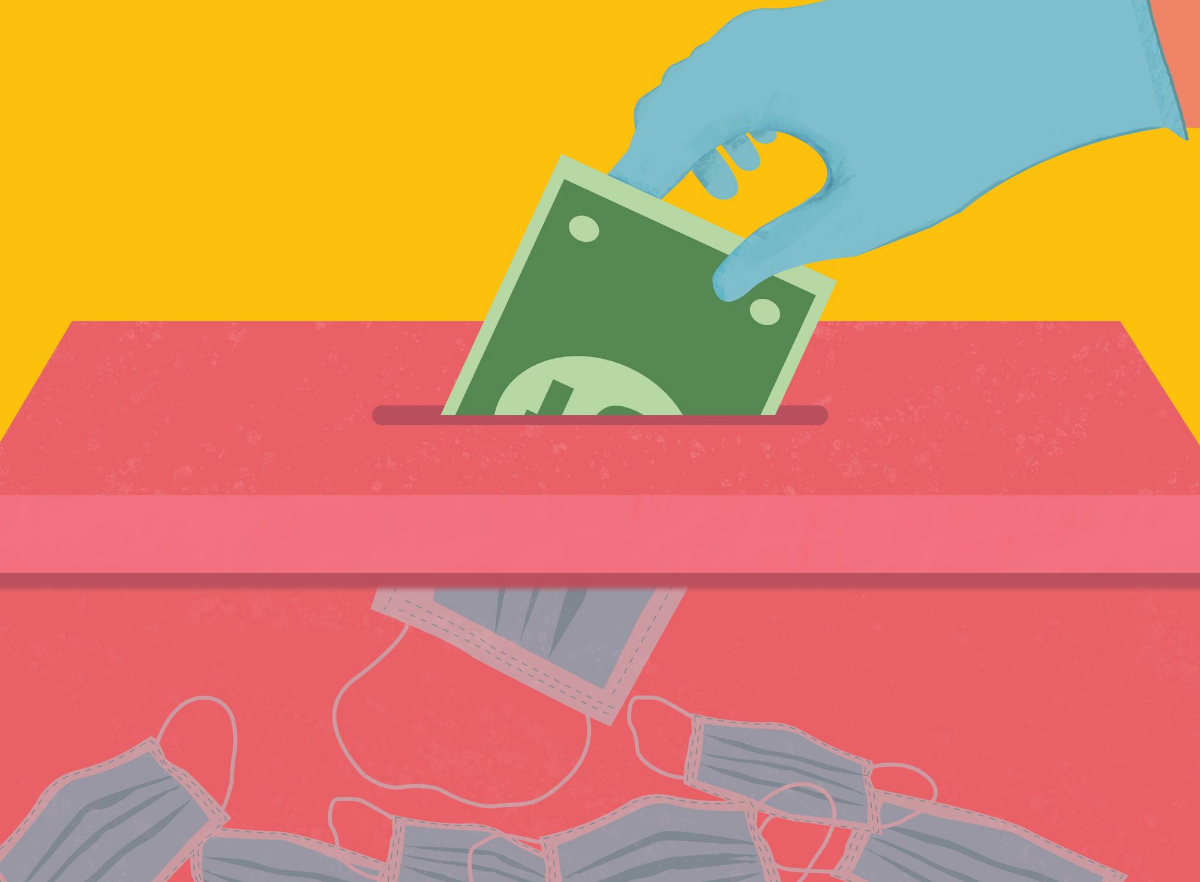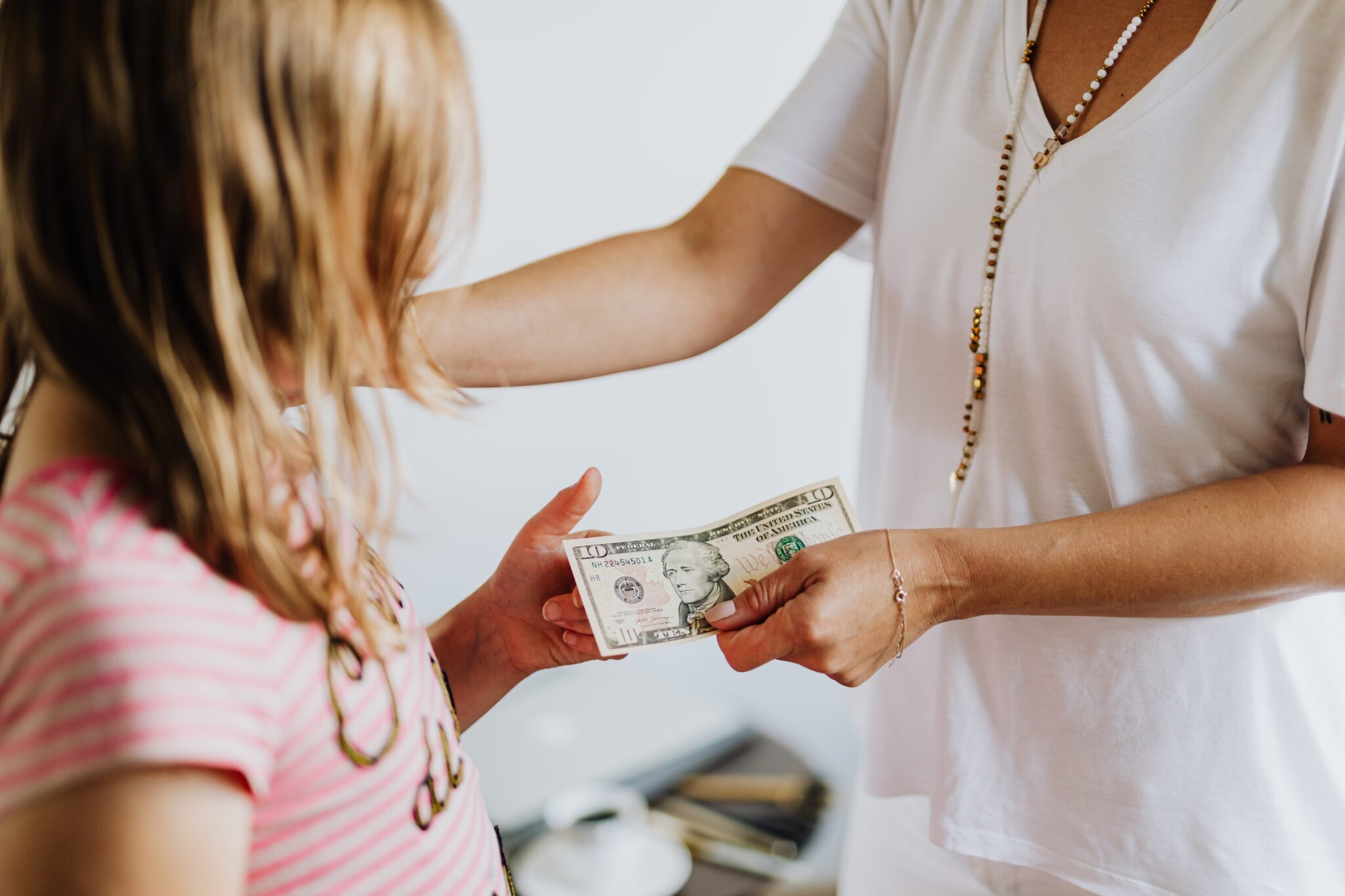Last year, the global billionaire population increased by 8.5 percent to 2,825 individuals, with North America and Asia seeing the strongest growth in both number of billionaires and collective net worth; however, not all billionaires are created equal, and even the 1 percent have been significantly impacted by the fallout from COVID-19. According to the recently released Wealth-X Billionaire Census 2020, “the number of billionaires in technology, insurance, business services and health care grew by between 6 percent and 9 percent during the first five months of 2020 compared with 2019…Billionaires in shipping, apparel (including luxury) and aerospace experienced the worst performances.”
While the seventh and latest edition of the annual report still contains a review of billionaire developments from 2019, Wealth-X took a two-pronged approach this year, dedicating a portion of the census to examining how this exclusive group has fared during the first half of 2020—specifically shining a spotlight on philanthropy and how billionaires are giving to help in the fight against the pandemic.

According to Judy Spalthoff, head of the family and philanthropy advisory team at UBS Global Wealth Management, the same qualities that make someone a billionaire hold true for billionaires who are philanthropic. “One of [the trends that contributes to a person becoming a billionaire] is smart risk taking, and they have thoughtfully taken risks to achieve their billionaire status,” Spalthoff recently explained to Worth. “So many philanthropists don’t feel like they should take risks because they think that 100 percent of their money needs to go to 100 percent of the cause. And we have this misnomer, generically speaking, about things like overhead or failures and that being sort of the worst thing that could ever happen. On the contrary, billionaires have realized they have the opportunity to take risks, make change and not necessarily worry about things not working out as they perfectly should every single time.”
“Philanthropy is the favorite passion of many billionaires—more than half are known to be actively involved in philanthropic giving, whether through their own charitable organizations or other means,” the Wealth-X report states. “In contrast, just over a third of the ultra-wealthy are known to be engaged in philanthropic giving, while at the VHNW level the share is around a quarter. Although these numbers are likely to undercount the actual levels of giving (not all individual donations are made publicly), they do provide a general picture of the wealthy’s interest in philanthropy.”
For billionaires, philanthropy is all about effecting change, making an impact and leaving a legacy, said Spalthoff, noting that even in perceived failure, billionaires “can pick up their pieces, learn from it and keep moving forward. And they have the funds to do that.”

From January to May of 2020, more than 10 percent of billionaires made a pledge in the fight against COVID-19—but it’s clear that not all billionaire philanthropists are the same. According to Wealth-X, “there are characteristic differences between major philanthropists and those who have given or pledged to the COVID-19 cause,” with the report breaking these groups into two distinct billionaire archetypes: billionaire COVID-19 philanthropists and billionaire major philanthropists.
The data shows that COVID-19 philanthropists tend to be wealthier than their major philanthropist counterparts by $3.4 billion, as well as younger, with more than 15 percent under the age of 50. The major philanthropists (characterized as those “who have made at least one philanthropic donation of at least $1 million in the past five years”) tend to be older than the general population of billionaires, with 47 percent aged 70 or older, with most focused on a single cause.
“We talk a lot with our clients about their focus and the budget that they have,” explained Spalthoff, whose work includes teaching UHNW clients how to be strategic philanthropists and how to measure impact. “So, you potentially have a billionaire who’s made multi-year commitments, who is on track, on focus, then COVID hits. They feel very close to it, but they already have a plan. Right? It could just be that they think the best use of their funds is to keep on the path they’re already on and the causes they’re already supporting.”
As both Spalthoff and Wealth-X’s report points out, education is by far the top philanthropic cause of billionaires, followed by social services and health care and medical research.
“People getting access to broadband, people getting access to technology that could help them keep on their educational path…I think that there’s so many iterations of how people are ‘helping in COVID,’ so it doesn’t have to be frontline health or something that’s specific to health,” Spalthoff said. “[A billionaire’s giving is] not always direct frontline relief, but there are people who would feel very strongly about the work that they’re doing having either that halo effect of helping COVID or helping COVID in a different way.”
However, no matter how much money billionaires are donating, the effect of COVID on the philanthropy sector as a whole is quite grim. Giving is, in fact, down overall without the everyday philanthropist writing a $100 check here or there and other funds being redirected to direct relief support.
“It’s not all rosy for nonprofits,” Spalthoff concluded. “There’s approximately 1.5 million nonprofits in the United States. And I do think that because of COVID, we’ll see some consolidation of those organizations. Some will not be able to stay in business based off of everything that’s been going on with high levels of unemployment and the general lack of support from the everyday philanthropist. In addition to cutting back their support, a philanthropist may decide to redirect their giving, right? If I was giving to X, Y, Z charity, and I was like, ‘Oh my gosh, my money should instead go to PPE.’ And I stopped funding [those charities] and shift [those donations]. I think broadly speaking, it is, and it’s going to be, a really tough year for nonprofits. And I think it’ll take a couple of years to recover.”







